Archives
- 2018-07
- 2018-10
- 2018-11
- 2019-04
- 2019-05
- 2019-06
- 2019-07
- 2019-08
- 2019-09
- 2019-10
- 2019-11
- 2019-12
- 2020-01
- 2020-02
- 2020-03
- 2020-04
- 2020-05
- 2020-06
- 2020-07
- 2020-08
- 2020-09
- 2020-10
- 2020-11
- 2020-12
- 2021-01
- 2021-02
- 2021-03
- 2021-04
- 2021-05
- 2021-06
- 2021-07
- 2021-08
- 2021-09
- 2021-10
- 2021-11
- 2021-12
- 2022-01
- 2022-02
- 2022-03
- 2022-04
- 2022-05
- 2022-06
- 2022-07
- 2022-08
- 2022-09
- 2022-10
- 2022-11
- 2022-12
- 2023-01
- 2023-02
- 2023-03
- 2023-04
- 2023-05
- 2023-06
- 2023-07
- 2023-08
- 2023-09
- 2023-10
- 2023-11
- 2023-12
- 2024-01
- 2024-02
- 2024-03
- 2024-04
- 2024-05
- 2024-06
- 2024-07
- 2024-08
- 2024-09
- 2024-10
- 2024-11
- 2024-12
- 2025-01
- 2025-02
- 2025-03
-
In this study we further investigate how STAT integrate to
2019-08-09
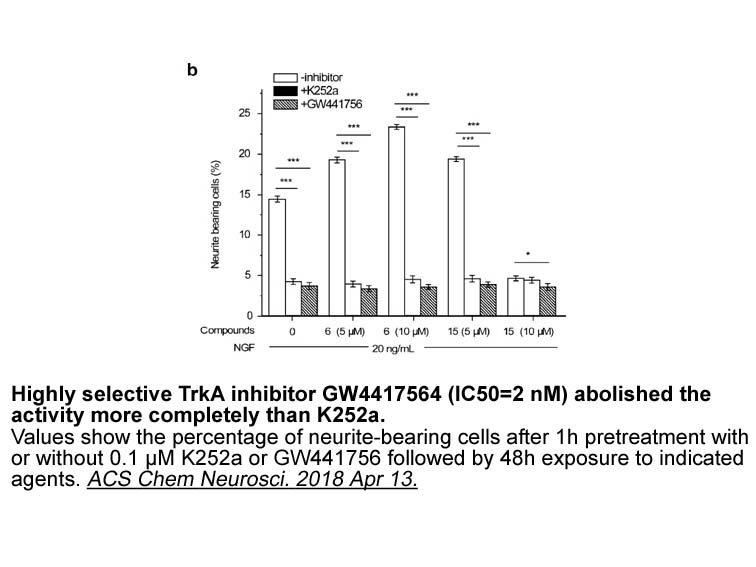
In this study, we further investigate how STAT3 integrate to the core regulatory circuit in ESC pluripotency and differentiation, and identify Mettl8 as a downstream target of STAT3 in mESCs. We discover the role of METTL8 as a negative regulator of JNK signaling in stem cells. Our results provide i
-
The role of Epac in the regulation
2019-08-09
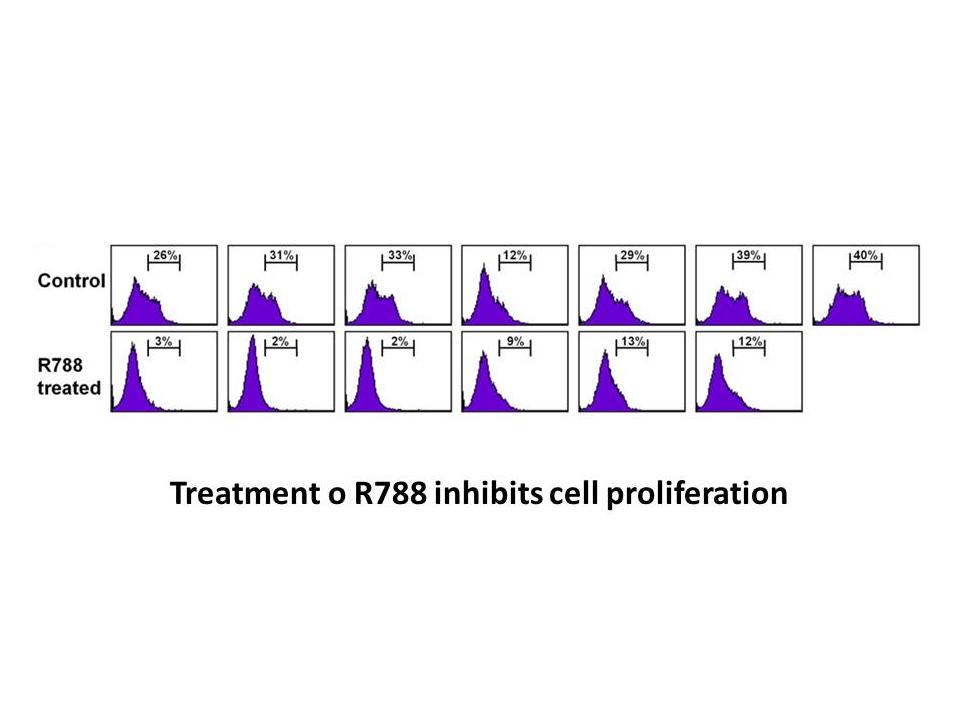
The role of Epac in the regulation of intracellular Ca homeostasis and contractility is still matter of debate. In rat adult cardiomyocytes, acute Epac stimulation decreased the amplitude of Ca transients [6], [9], [10] with either no changes [6] or increments [9] in cell shortening, suggesting an e
-
Lymphocyte mobility and homing is modulated by
2019-08-09
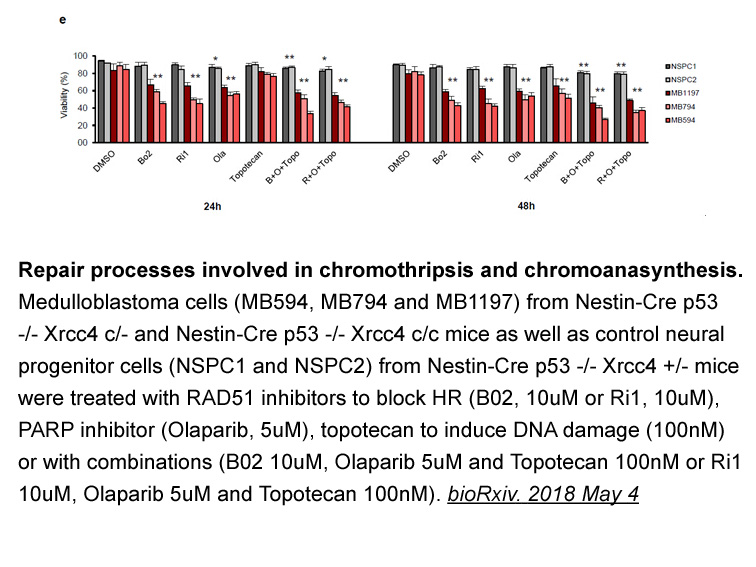
Lymphocyte mobility and homing is modulated by the chemoattractant receptor subfamily of G protein-coupled receptors (GPCRs) (Campbell et al., 2003, Rot and von Andrian, 2004). B cell migration and position are controlled to a large extent by the lymphoid chemokines CXCL13, CXCL12, CCL19, and CCL21
-
4-P-PDOT There is a functional ubiquitin association UBA dom
2019-08-09
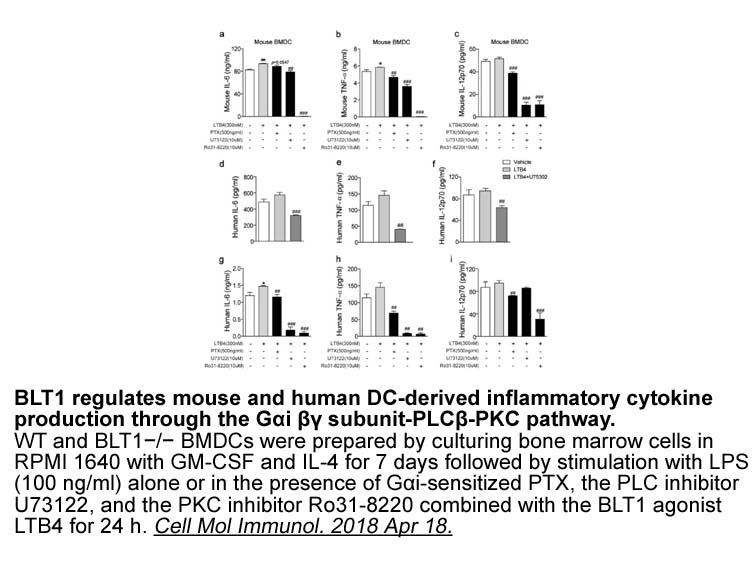
There is a functional ubiquitin association (UBA) domain at the N terminus of MCPIP1. Liang et al. have discovered that MCPIP1 may be a deubiquitinase and defined a novel DUB domain of MCPIP1 [22]. Ubiquitin and deubiquitin modification emerge as the key mechanisms that regulate the virus-induced ty
-
br Experimental methods br Results and discussion
2019-08-08
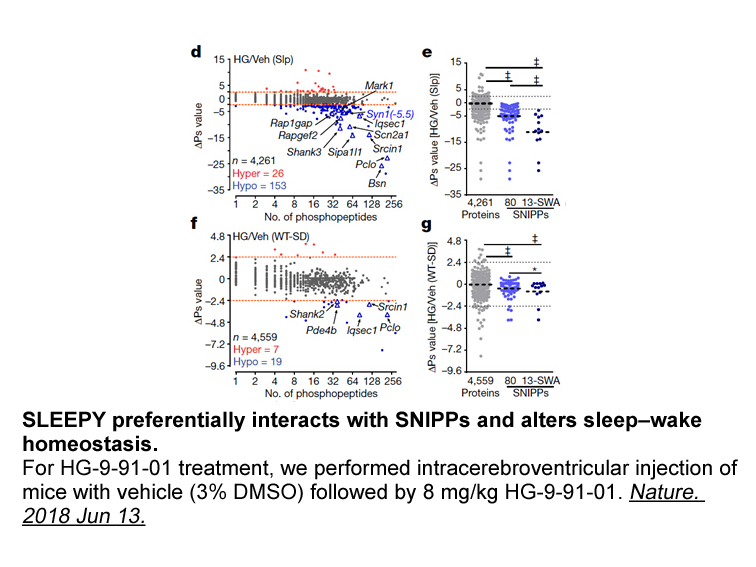
Experimental methods Results and discussion Conclusions Here we describe the first reported method for high-yield add to your list of active and soluble mature CPG2 (in the absence of the leader peptide) and its individual catalytic and dimerization domains in E. coli. Such a method is of k
-
read review Due to its several industrial applications
2019-08-08
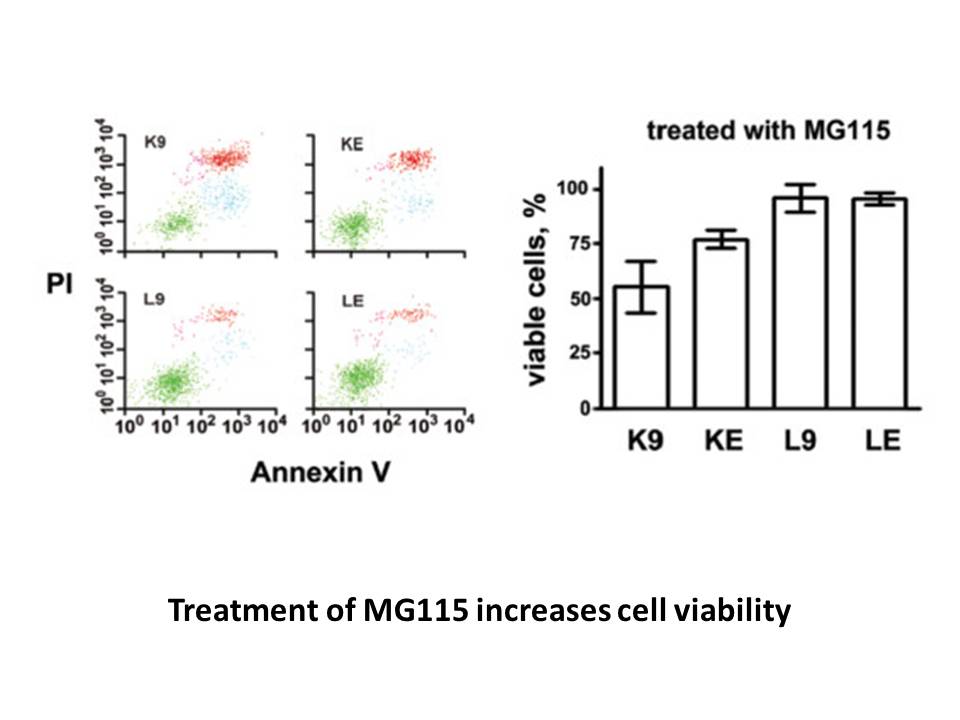
Due to its several industrial applications, the recombinant production of collagen and all its derivatives as gelatins has been pursued for many years in different biological systems as mammalian read review (Toman et al., 1999), tobacco plants (Ruggiero et al., 2000), silkworms (Tomita et al., 200
-
br Introduction DNA ligation is required during DNA
2019-08-08
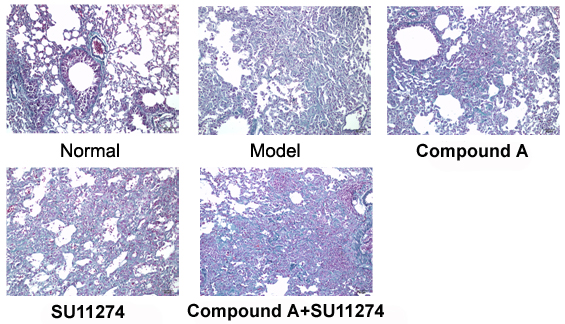
Introduction DNA ligation is required during DNA replication and to complete almost all DNA repair events. In human cells, the DNA ligases encoded by three LIG genes are responsible for joining interruptions in the phosphodiester backbone [1]. These enzymes have distinct but overlapping functions
-
For reductive amination by L AmDH the term related
2019-08-08
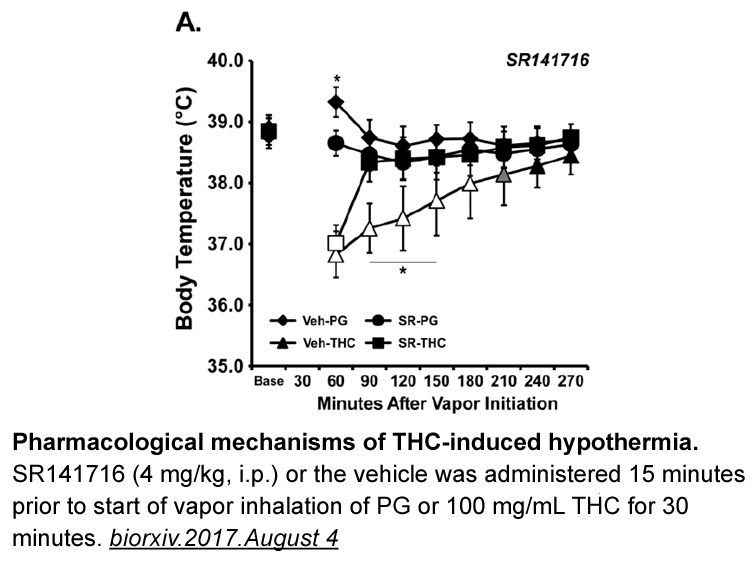
For reductive amination by L-AmDH, the term related to the enzyme-ammonia complex is excluded rather than the enzyme-pentanone term (Table 1). If this were an ordered mechanism, this would imply ammonia binds second, after NADH and before 2-pentanone. However, a large KM,NH4 value renders ammonia bi
-
closantel manufacturer A genomic DNA sequence was
2019-08-08
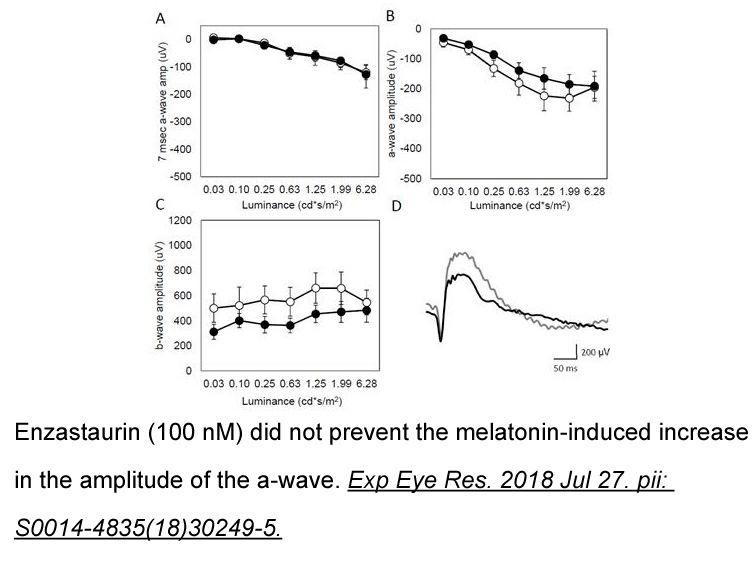
A genomic DNA sequence was retrieved (Scaffold_30) from the fugu genomic database ( v3.0), which encodes the homolog of CXCL8 of many other vertebrates and specific primers CXCL8F1 and CXCL8R1 () were designed for 3′-RACE and 5′-RACE PCR, respectively. First-strand thymus cDNA was used as template.
-
As previously stated the most unexpected finding
2019-08-08
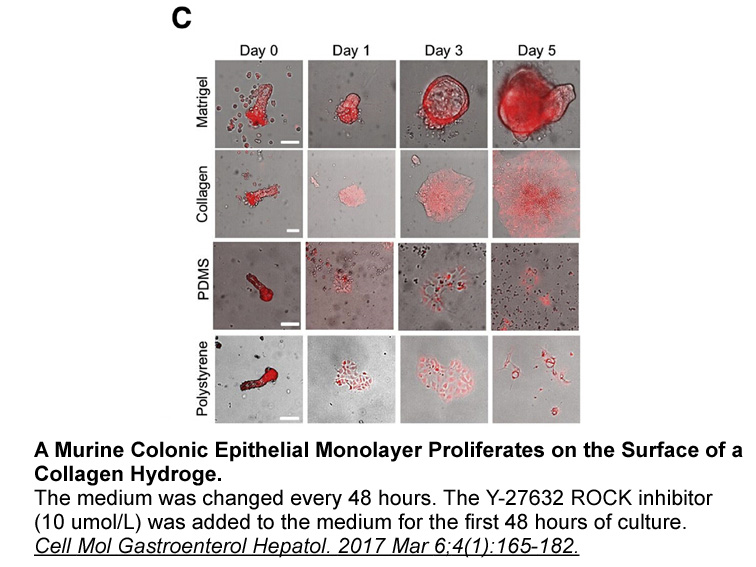
As previously stated, the most unexpected finding from this series of compounds was the identification of a dimethyl isoxazole side chain that gave dramatically improved binding over the parent compounds. Holding this piece of the molecule constant, a series of analogs were made to further understan
-
br Conclusion In this review we
2019-08-08
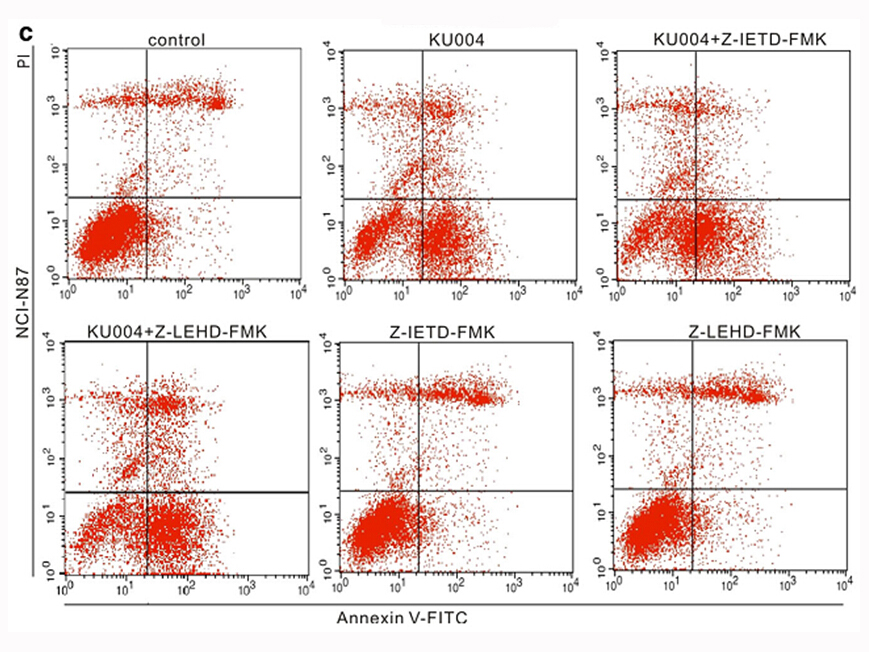
Conclusion In this review, we have discussed how inhibition of the CK2/CDK5 signaling axis protects WM only when inhibited before ischemia, while inhibition of the CK2/AKT/GSK3β signaling axis protects WM either before or after an ischemic injury in young, aging, and old WM (Fig. 3). CK2 activati
-
Other GPCRs notable for changes
2019-08-08
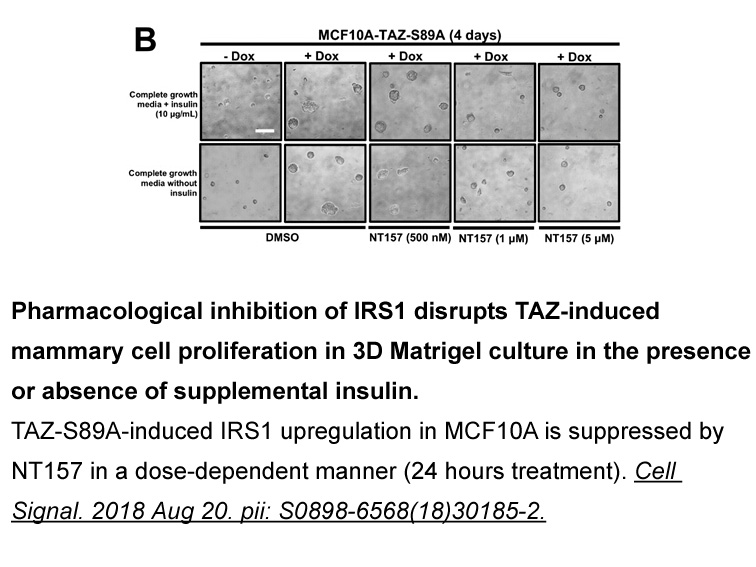
Other GPCRs notable for changes in expression on CLL cells include upregulation of the thromboxane A2 receptor TBXA2R mRNA [61] and up and downregulation of mRNA and protein from the neurotensin receptors NTSR2 and NTSR1, respectively [62]. The Eμ-TCL1 mouse model of CLL has been used to study mult
-
br Acknowledgments br Introduction Ubiquitin ligases limit t
2019-08-08
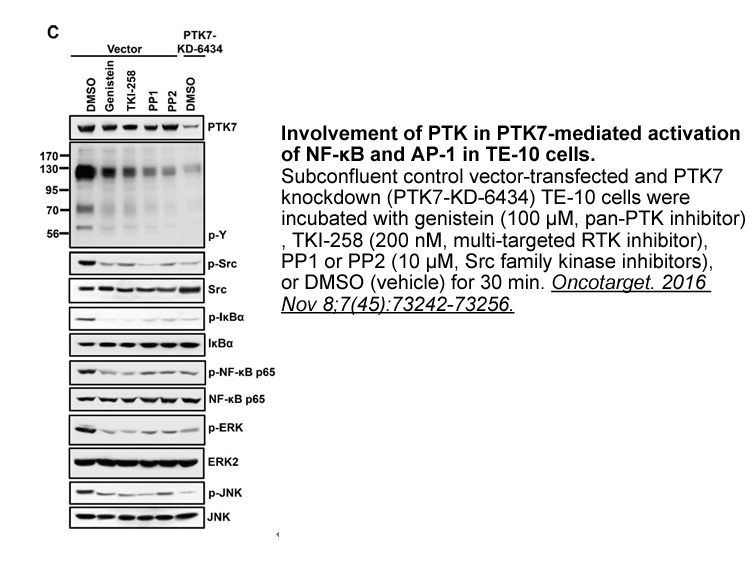
Acknowledgments Introduction Ubiquitin ligases limit the stability and activity of substrates by targeting them for proteasomal-dependent degradation. Siah is a two-member family of ubiquitin ligases implicated in control of key cellular processes. Among those, Siah ligases control prolyl hydr
-
SC 560 During the past decade it became increasingly
2019-08-07
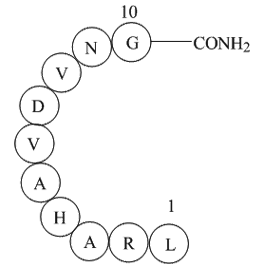
During the past decade, it became increasingly clear that the affinity and efficacy of small agonists acting on the orthosteric binding site of a GPCR can be modulated by ligands that bind to a topographically distinct (allosteric) binding site on the same GPCR molecule 33, 39, 40, 41, 42. This allo
-
br Experimental Procedures br Author Contributions br Acknow
2019-08-07
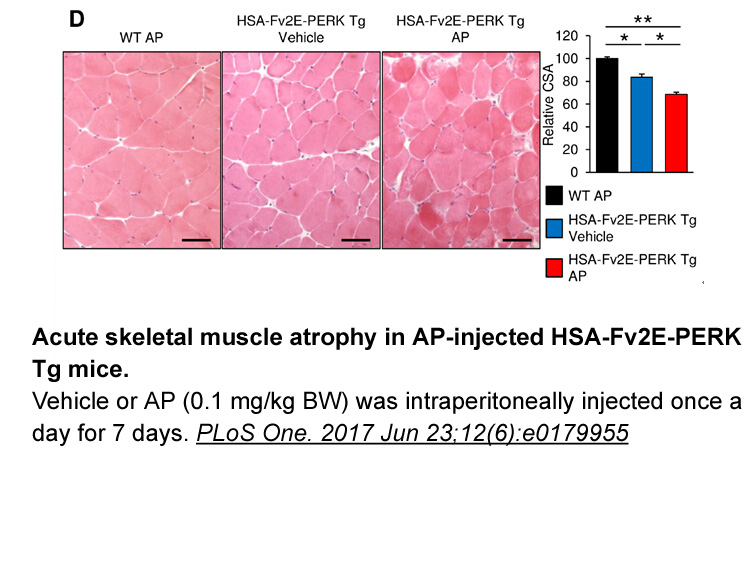
Experimental Procedures Author Contributions Acknowledgments Introduction Estrogen-related receptors (ERRα, ERRβ, and ERRγ) are orphan nuclear receptors whose physiological ligands have not yet been identified. Although ERRs are closely related to estrogen receptors (ERs) they do not res
15808 records 972/1054 page Previous Next First page 上5页 971972973974975 下5页 Last page